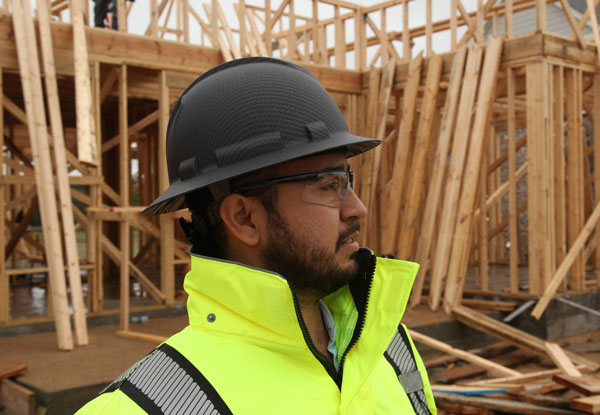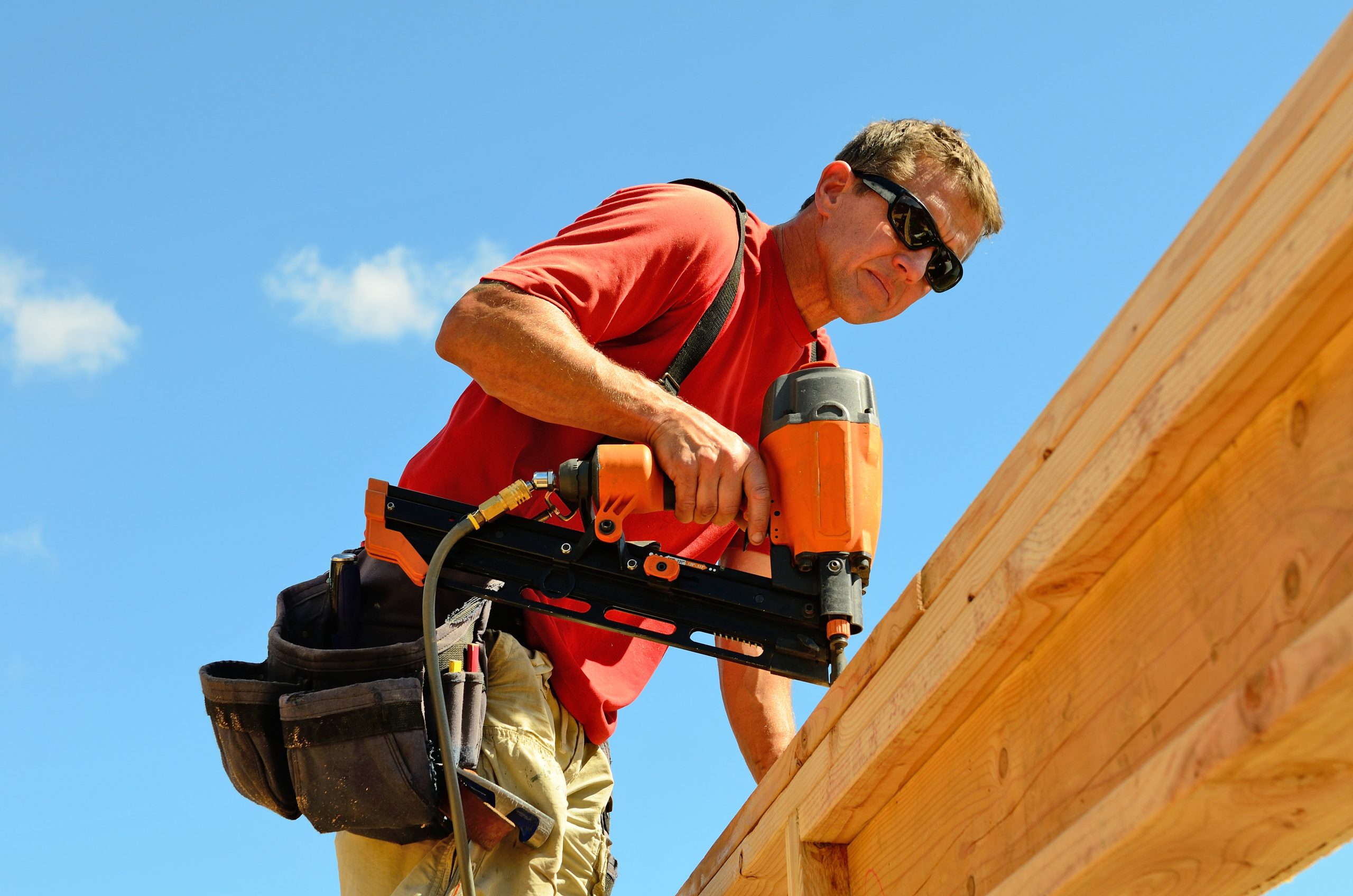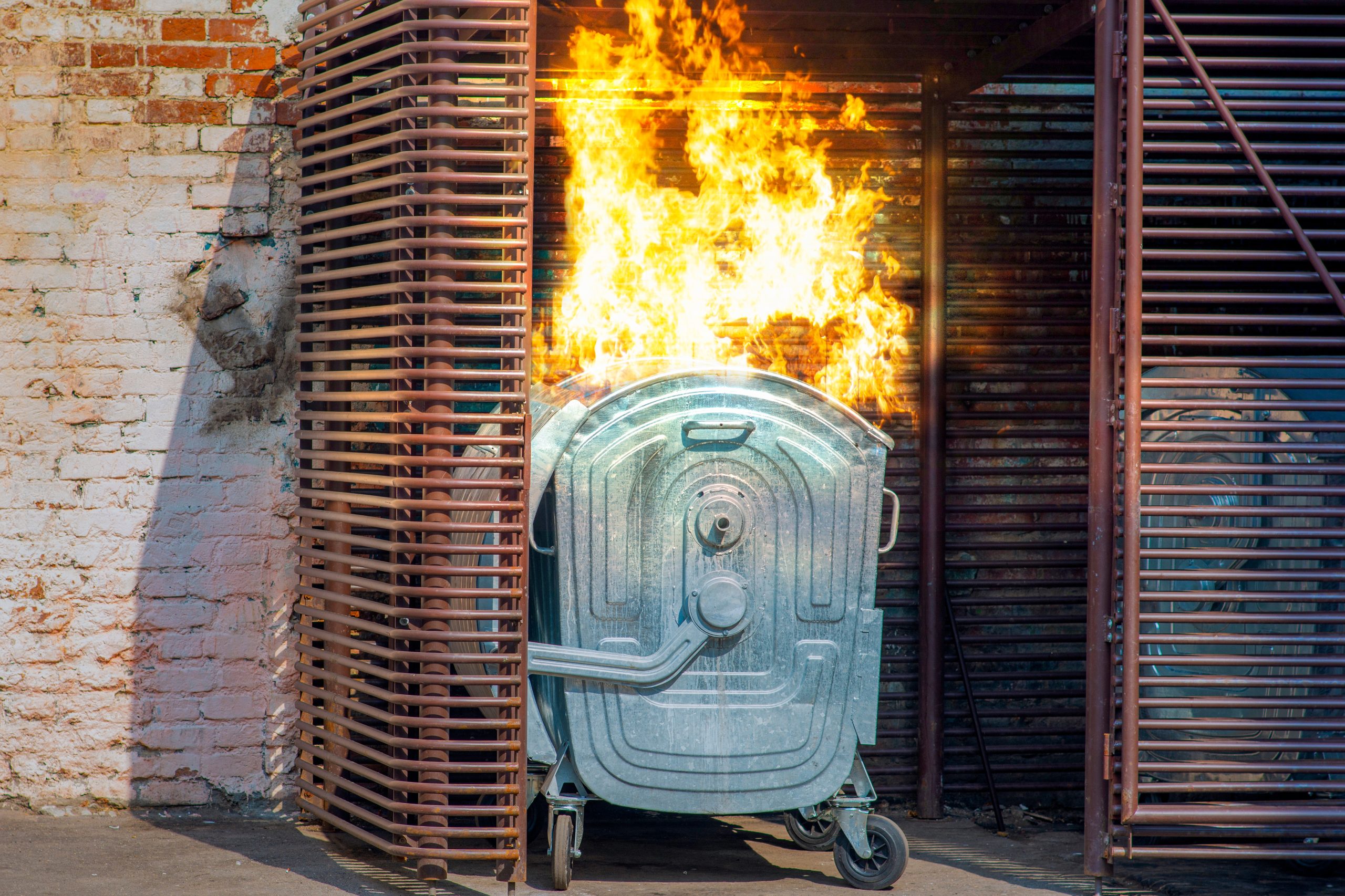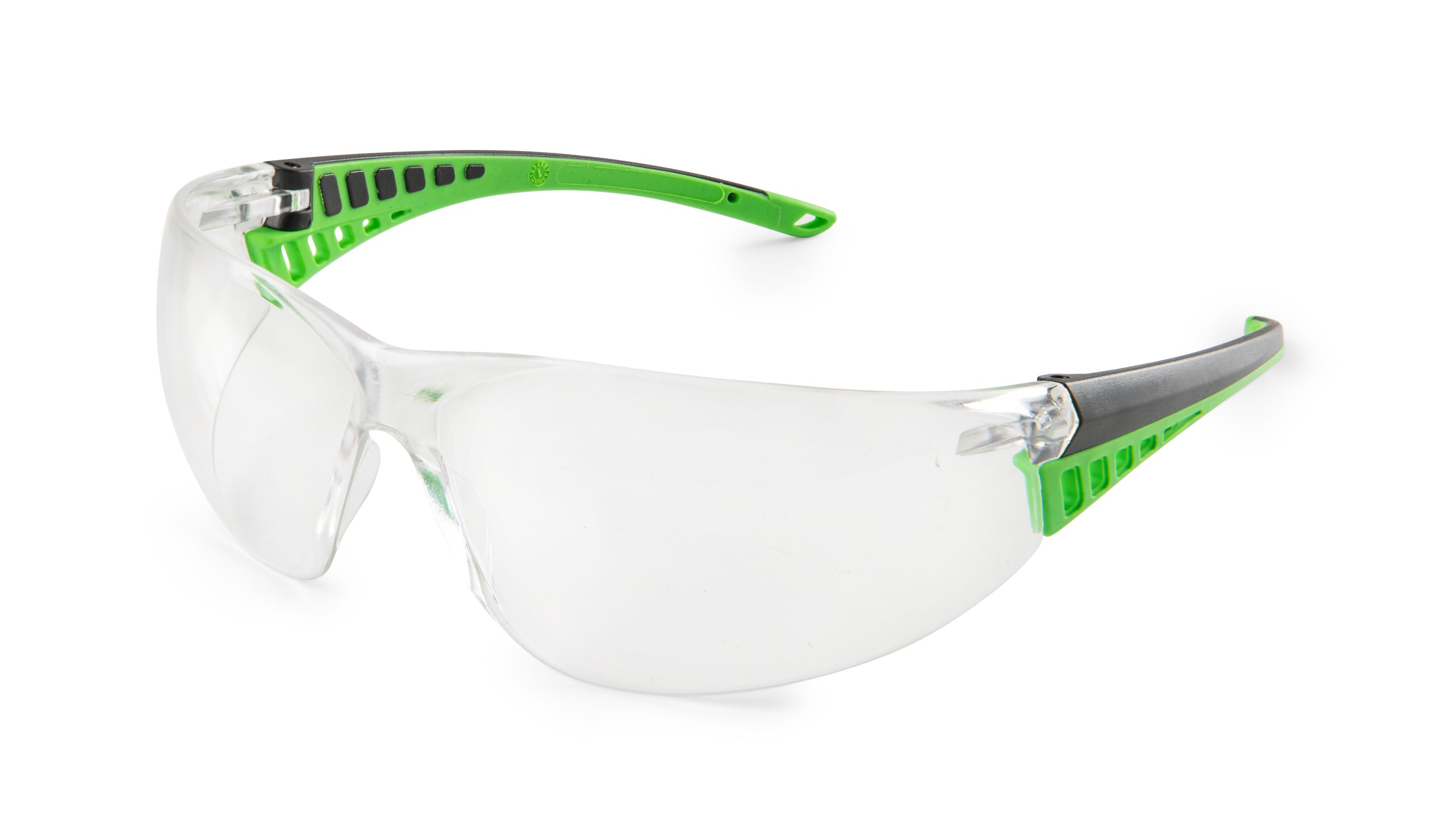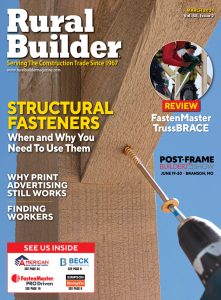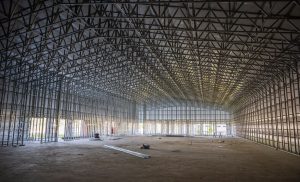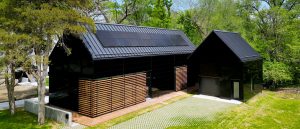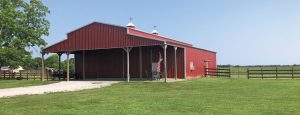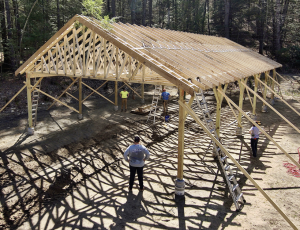By Pryamex
Inspired by the helmets worn by World War I soldiers, the first hard hat was invented in 1919. In the 1970s, when OSHA was formed, hard hats become mandatory personal protective equipment (PPE) on work sites. Head protection has seen great innovation in the last several decades, making it more effective and more comfortable. The question today isn’t “Should you wear a hard hat?” but, “What kind?”
The hard hat a worker chooses to wear depends on a few variables. The first thing to consider is how much and what kind of protection is needed. The job site and type of work being done influence this decision. The next factor is what features the wearer prefers. The last things to consider are the accessory needs the worker has and color/style preferences. To help workers and safety teams make the best choice possible, we will dive into these factors throughout this article.
Hard Hat Classifications
Like most PPE, the level of protection needed is highly influenced by the specific work environment. Head protection in the US is regulated by the American National Standards Institute (ANSI-Z89). Under this standard, there are two types of hard hats and three electrical classes.
Type I hard hats are designed to reduce the force of impact on the top of the head. Type II hard hats reduce the force on top of head and laterally.
Hard hats are also defined by three electrical classes that detail their protection against voltage:
• Class E (Electrical): Intended to protect against falling objects and reduce the risk of exposure to high-voltage electrical shock and burns (up to 20,000 volts). Should be worn by electricians.
• Class G (General): Intended to protect against falling objects and reduce the risk of exposure to low-voltage electrical shock and burns (up to 2,200 volts). Work for most non-electrical-based jobs.
• Class C (Conductive): Intended to protect against falling objects but not to protect against electrical danger. Ideal for workers not involved with electricity of any kind.
Hard Hat Styles
There are three main styles of hard hats: full brim, cap style, and bump cap. There can also be variables within these styles like design, color, and features such as ventilation.
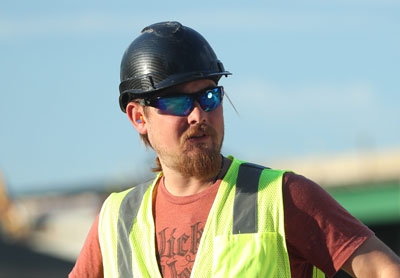
Full Brim
Full-brim hard hats are traditionally what you imagine when you picture the headgear of a construction worker. They feature a hard brim that encircles the entire hat. This brim offers 360-degree protection from falling objects, chemical splash, and weather elements like the sun and rain. Full-brim hard hats allow for added protection from the elements without reduced visibility.
Cap Style
Cap-style hard hats look similar to those used in baseball. Instead of a full brim, they have a brim just on the front. This style of hat provides impact protection for the top of head but only partial protection from environmental factors due to their smaller brim. Cap-style hard hats are often lighter and more compact than full-brim designs.
Bump caps are similar in style to cap-style hard hats but they offer less protection and do not meet ANSI standards. Pyramex bump caps come in the Ridgeline and baseball-cap styles. The baseball bump cap looks similar to a ball cap and features a fully washable outer cap and removable ABS shell. It is ideal for jobs where the risk of falling objects is low, like meter readers and food processors.
Head Protection Material
An important factor when choosing a hard hat is what it is made of. Most hard hats on the market are made from high-density polyethylene (HDPE), polycarbonate resin, fiberglass or aluminum. The Pyramex Ridgeline Series hard hats are made from an ABS polymer. ABS allows for strong protection but a lightweight design.
Hard hats are available with a variety of different suspensions. Suspensions are mechanisms in the top of the hat that allow for adjustment to ensure the hat fits correctly. Most Pyramex hats are available in a 4- or 6-point ratchet suspension. However, the Ridgeline bump cap features a glide lock suspension, while the SL Series Sleek cap style has snap lock options.
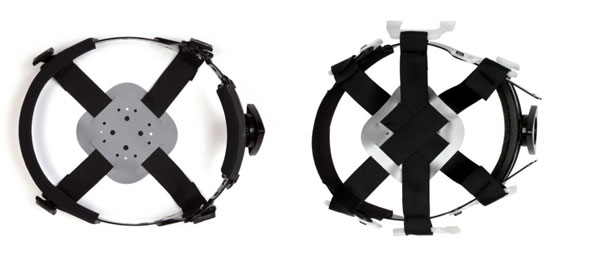
• Ratchet suspensions are controlled by a knob on the back that can be turned to tighten or loosen the suspension.
• Glide lock suspensions tighten around the head like a typical cap.
• Snap lock suspensions snap into place and are also known as pin lock suspensions.
Another feature that should be considered when choosing a hard hat is ventilation. Pyramex has full-brim and cap-style options for vented hard hats – all meet Class C. Vents allow air to flow to
and from the head, which helps workers stay cool. Sunshades, skull caps, sweatbands and other accessories can help with temperature regulation for workers who need electrical protection.
Accessories and Appearance
Aside from cooling products, there are a variety of accessories that can be added to hard hats to make them multi-functional PPE. This can be done through existing slots or the addition of an adaptor. Popular accessories include cap-mounted earmuffs and face shields.
The last factor to consider when choosing a hard hat is color. Hard hat color can have a specific meaning on some worksites (e.g., white for supervisor).
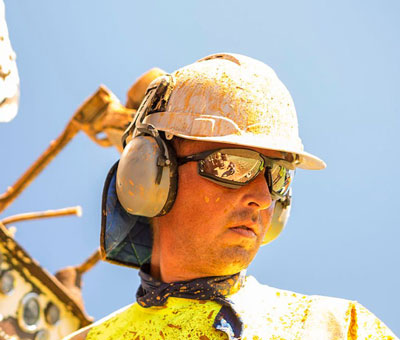
Some jobs require a hi-vis lime or orange with reflective tape; other jobs allow workers more leeway on their choices. Pyramex offers about two dozen different color options including Copper matte hydro dipped and Hi-Vis Pink. Hats can also be customized with company logos.
Choosing the right hard hat is an important safety decision that should be made considering all the relevant factors above. It is up to workers and safety teams to understand their needs and ensure they choose the right head protection. RB


